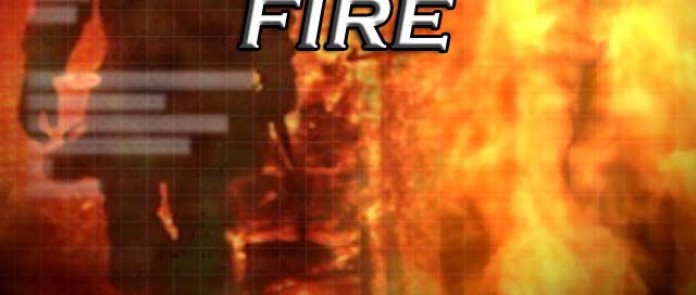Do you really know what you need to know about fire safety? You may be surprised to find out your home is not as safe as it could be.
First of all, you should test and change your smoke detector batteries once a month. If you can’t afford them, some local fire departments have them for no charge and can replace them in your houses for you. Also, you can have a family member or friend check them for you if you are unable to. The National Fire Protection Association has recommendations of smoke detector placement and fire extinguisher classes. Smoke detectors should be located in the following locations in your home:
- Every level (including finished attics and basements)
- In every bedroom (especially if people sleep with the door partly or completely closed)
- In the hall near every bedroom (if you have multiple bedrooms, install a unit in each)
- Hallways (if a hall is more than 40 feet long, install a unit at each end)
- Stairways (at the top of first to second floor stairways and at the bottom of the basement stairway)
Next, make sure you are aware of what class of fire extinguisher you have. There are several classes of fire extinguishers for different types of fires. They are as follows:
- Class A fires – Combustible materials: Caused by flammable solids, such as wood, paper and fabric
- Class B fires – flammable liquids: such as petrol, turpentine or paint
- Class C fires – flammable gasses: like hydrogen, butane or methane
- Class D fires – combustible metals: chemicals such as magnesium, aluminum or potassium
- Electrical fires – electrical equipment: once the electrical item is removed, the fire changes class
- Class F fires – cooking oils: typically a chip-pan fire
Commonly, Class A and B’s are the ones that are for businesses and houses. Some homeowners use whatever they have on hand, and that can backfire on them. There are also water extinguishers, which firefighters carry those on their rigs.
Former Ft. Wayne area firefighter, Karen Carmichael, says “I wouldn’t suggest any resident try to control or put out a fire themselves. “There is a lot of risk and factors to consider.” Carmichael adds many people “have no clue on what extinguisher goes with what fire, and if you spray an extinguisher on a fire that isn’t the right extinguisher for it, there is that potential of a fire to spread, which fire can spread within seconds, or flash on you.”
Lastly, clutter in the home is a huge thing. Excessive storage, hoarding and clutter is a major fire hazard. In Washington D.C., two elderly people died in a fire at their home. Upon arrival, the fire department had a hard time putting out the fire and getting to the victims due to clutter in their home. They also had no working smoke detectors in the residence. Carmichael says “The risk that we see each and every day with hoarders, is the inability of us firefighters to get to them in a quick and safe manner, due to so much clutter they have and the inability for us to move around to save them.” There are search and rescue procedures to do and it makes it very difficult to perform them and puts the firefighters at risk to get out of that situation and unfortunately makes the victims chance of survival very slim. She adds “If the structure is fully involved, we normally don’t make an entry to search for a victim, or victims, and most likely they are already deceased from the gases and smoke inhalation.”
As far as clutter in your homes, make sure you stack your belongings on shelves or in closets. If you have no place out of the way to put your things, then you could stack your belongings in containers against a far wall in your homes. Just make sure there is plenty of space to move throughout your home so that if a fire should occur, firefighters can move easily through your home and get to you before it’s too late.





